
Keywords: endosymbiont

|
A male-killing Wolbachia endosymbiont is concealed by another endosymbiont and a nuclear suppressorK. M. Richardson, P. A. Ross, B. S. Cooper, W. R. Conner, T. Schmidt and A. A. Hoffmann, PLoS Biol, 21:e3001879. 2023.
Bacteria that live inside the cells of insect hosts (endosymbionts) can alter the reproduction of their hosts, including the killing of male offspring (male killing, MK). MK has only been described in a few insects, but this may reflect challenges in detecting MK rather than its ... Keywords: conflict, DNA, drosophila, endosymbiont, evolutionary arms race, gene drive evolution, gene drive mechanism, gene drive natural, genetic suppression, green, hypolimnas-bolina, insects, lacewing, meiotic drive, natural-population, phenotype, selfish genetic elements, sex ratio bias, sex-ratio, Spiroplasma, transmission, wolbachia |

|
First report of natural Wolbachia infections in mosquitoes from CubaA. Ruiz, G. Gutiérrez-Bugallo, R. Rodríguez-Roche, L. Pérez, R. González-Broche, L. A. Piedra, L. C. Martínez, Z. Menéndez, A. Vega-Rúa and J. A. Bisset, Acta Tropica, 242:106891. 2023.
Mosquitoes are extensively responsible for the transmission of pathogens. Novel strategies using Wolbachia could transform that scenario, since these bacteria manipulate mosquito reproduction, and can confer a pathogen transmission-blocking phenotype in culicids. Here, we ... Keywords: conflict, DNA, drosophila, endosymbiont, evolutionary arms race, gene drive evolution, gene drive mechanism, gene drive natural, genetic suppression, green, hypolimnas-bolina, insects, lacewing, meiotic drive, natural-population, phenotype, selfish genetic elements, sex ratio bias, sex-ratio, Spiroplasma, transmission, wolbachia |
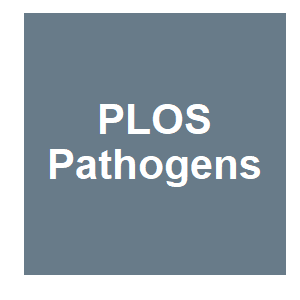
|
Wbm0076, a candidate effector protein of the Wolbachia endosymbiont of Brugia malayi, disrupts eukaryotic actin dynamicsM. K. Mills, L. G. McCabe, E. M. Rodrigue, K. F. Lechtreck and V. J. Starai, PLoS Pathogens, 19:e1010777. 2023.
Brugia malayi, a parasitic roundworm of humans, is colonized by the obligate intracellular bacterium, Wolbachia pipientis. The symbiosis between this nematode and bacterium is essential for nematode reproduction and long-term survival in a human host. Therefore, identifying ... Keywords: conflict, DNA, drosophila, endosymbiont, evolutionary arms race, gene drive evolution, gene drive mechanism, gene drive natural, genetic suppression, green, hypolimnas-bolina, insects, lacewing, meiotic drive, natural-population, phenotype, selfish genetic elements, sex ratio bias, sex-ratio, Spiroplasma, transmission, wolbachia |
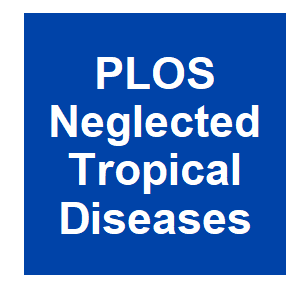
|
Wolbachia inhibits ovarian formation and increases blood feeding rate in female Aedes aegyptiM.-J. Lau, P. A. Ross, N. M. Endersby-Harshman, Q. Yang and A. A. Hoffmann, PLOS Neglected Tropical Diseases, 16:e0010913. 2022.
Author summary Wolbachia bacteria reduce the transmission of dengue and other arboviruses transmitted by their mosquito hosts once they have invaded host populations. This invasion process is being undertaken in Aedes aegypti mosquito populations throughout the world but can be ... Keywords: conflict, DNA, drosophila, endosymbiont, evolutionary arms race, gene drive evolution, gene drive mechanism, gene drive natural, genetic suppression, green, hypolimnas-bolina, insects, lacewing, meiotic drive, natural-population, phenotype, selfish genetic elements, sex ratio bias, sex-ratio, Spiroplasma, transmission, wolbachia |
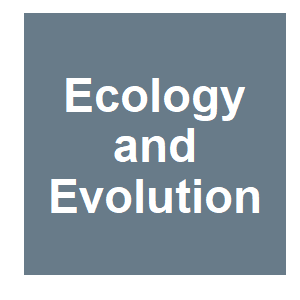
|
Bacterial supergroup-specific “cost” of Wolbachia infections in Nasonia vitripennisA. Tiwary, R. Babu, R. Sen and R. Raychoudhury, Ecology and Evolution, 2022.
Abstract The maternally inherited endosymbiont, Wolbachia, is known to alter the reproductive biology of its arthropod hosts for its own benefit and can induce both positive and negative fitness effects in many hosts. Here, we describe the effects of the maintenance of two ... Keywords: conflict, DNA, drosophila, endosymbiont, evolutionary arms race, gene drive evolution, gene drive mechanism, gene drive natural, genetic suppression, green, hypolimnas-bolina, insects, lacewing, meiotic drive, natural-population, phenotype, selfish genetic elements, sex ratio bias, sex-ratio, Spiroplasma, transmission, wolbachia |

|
Mathematical modelling to assess the feasibility of Wolbachia in malaria vector biocontrolS. Andreychuk and L. Yakob, Journal of Theoretical Biology, 542. 2022.
Releasing mosquitoes transinfected with the endosymbiotic bacterium Wolbachia is a novel strategy for interrupting vector-borne pathogen transmission. Following its success in controlling arboviruses spread by Aedes aegypti, this technology is being adapted for anopheline malaria ... Keywords: conflict, DNA, drosophila, endosymbiont, evolutionary arms race, gene drive evolution, gene drive mechanism, gene drive natural, genetic suppression, green, hypolimnas-bolina, insects, lacewing, meiotic drive, natural-population, phenotype, selfish genetic elements, sex ratio bias, sex-ratio, Spiroplasma, transmission, wolbachia |
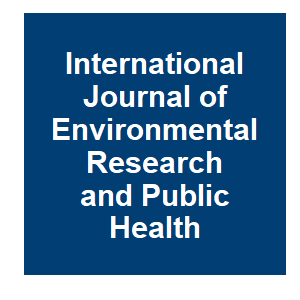
|
Wolbachia Impacts Anaplasma Infection in Ixodes scapularis Tick CellsK. M. Skinner, J. Underwood, A. Ghosh, A. S. Oliva Chavez and C. L. Brelsfoard, International Journal of Environmental Research and Public Health, 19. 2022.
The specific interactions of members of tick bacterial microbiota and their effects on pathogen transmission remains relatively unexplored. Here, we introduced a novel Wolbachia infection type into Ixodes scapularis tick cells and examined the antipathogenic effects on the ... Keywords: conflict, DNA, drosophila, endosymbiont, evolutionary arms race, gene drive evolution, gene drive mechanism, gene drive natural, genetic suppression, green, hypolimnas-bolina, insects, lacewing, meiotic drive, natural-population, phenotype, selfish genetic elements, sex ratio bias, sex-ratio, Spiroplasma, transmission, wolbachia |
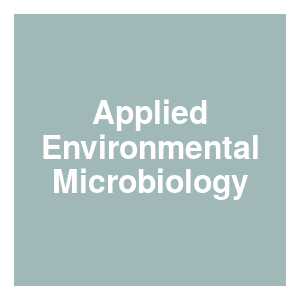
|
Two newly introduced Wolbachia endosymbionts induce cell host differences in competitiveness and metabolic responsesT. P. Li, S. S. Zha, C. Y. Zhou, X. Xia, A. A. Hoffmann and X. Y. Hong, Appl Environ Microbiol, Aem0147921. 2021.
Wolbachia endosymbionts can induce multiple reproductive manipulations in their hosts, with cytoplasmic incompatibility (CI) being one of the most common manipulations. The important agricultural pests, white-backed planthopper (Sogatella furcifera) and brown planthopper ... Keywords: conflict, DNA, drosophila, endosymbiont, evolutionary arms race, gene drive evolution, gene drive mechanism, gene drive natural, genetic suppression, green, hypolimnas-bolina, insects, lacewing, meiotic drive, natural-population, phenotype, selfish genetic elements, sex ratio bias, sex-ratio, Spiroplasma, transmission, wolbachia |

|
Rapid comeback of males: evolution of male-killer suppression in a green lacewing populationHayashi, MN, M.; Kageyama, D., Proceedings of the Royal Society B-Biological Sciences, 285:6. 2018.
Evolutionary theory predicts that the spread of cytoplasmic sex ratio distorters leads to the evolution of host nuclear suppressors, although there are extremely few empirical observations of this phenomenon. Here, we demonstrate that a nuclear suppressor of a cytoplasmic male ... Keywords: conflict, DNA, drosophila, endosymbiont, evolutionary arms race, gene drive evolution, gene drive mechanism, gene drive natural, genetic suppression, green, hypolimnas-bolina, insects, lacewing, meiotic drive, natural-population, phenotype, selfish genetic elements, sex ratio bias, sex-ratio, Spiroplasma, transmission, wolbachia |

Contact
David O’Brochta
Foundation for the
National Institutes of Health
geneconvenevi@fnih.org
RSS

